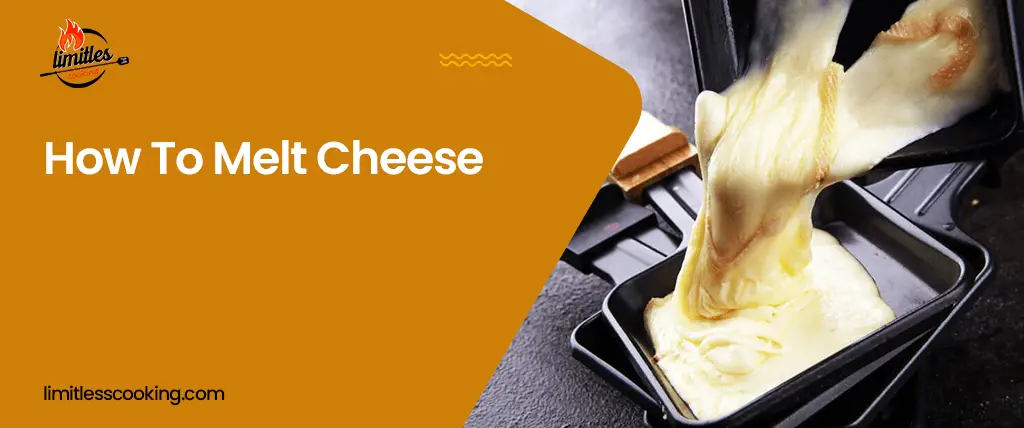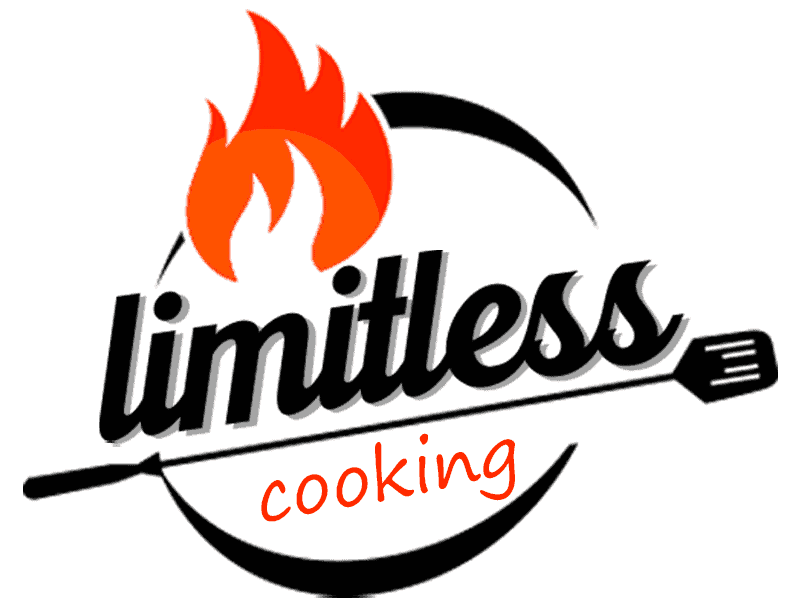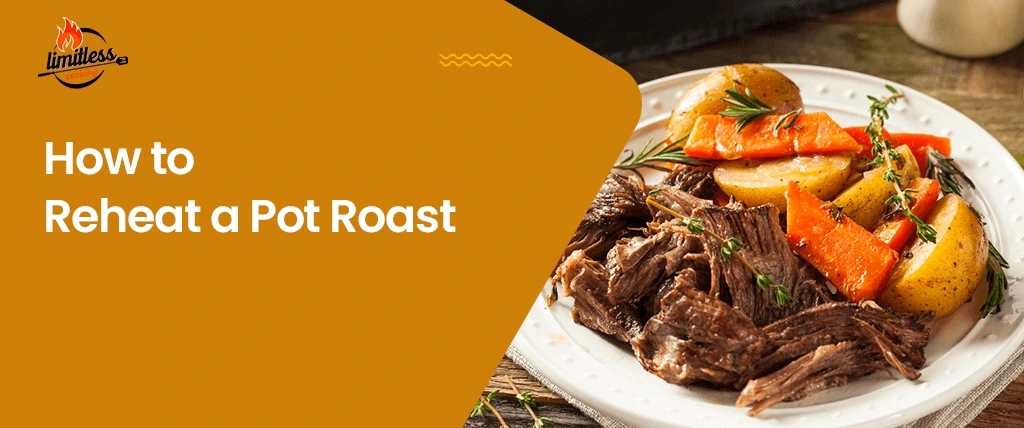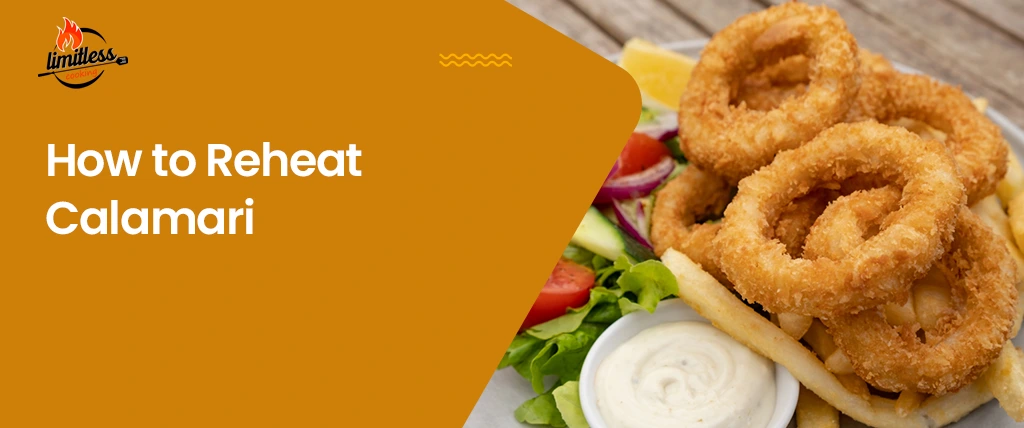How to Melt cheese? 2 Methods You can Follow

Honestly, I believe accurately melting cheese is no less than an art. For the perfect cheese sauce or to pour over veggies, you need to melt the cheese properly to get the right texture.
To melt cheese:
- Use the right type of cheese that will melt.
- Melt the cheese using the stove or microwave.
- Add some liquid and starch.
Cheeses That Don’t Melt
To choose the right cheese, you need to know the cheeses that don’t melt well. This list includes Parmesan, Pecorino, goat, feta, queso fresco, queso panela, paneer, cotija, halloumi, and ricotta cheese. For melting purposes, you should avoid using semi-firm, soft, dry, crumbly, and aged cheese.
These cheeses either don’t burn and melt properly to give you dip-like consistency or don’t melt at all. So, don’t choose either for your cheese sauce or dripping.
First 3 Steps to Melt Your Cheese Perfectly
Step 1: Select and prepare your cheese. You should choose from harder cheeses because of their lower melting point.
Cheddar, Swiss, and Gruyere cheese are great cheeses for melting as they have a creamier and smoother texture. And these are more frequently used in dishes like grilled cheese, in sauces, and as the base for soups.
Tip :
You can also use reduced-fat cheeses for melting. However, these cheeses take longer to melt and require good stirring.
Step 2: Shred, grate or slice your cheese to melt it quickly because the uniform and thin-shaped shredded cheese will melt easily, evenly, and more quickly than a whole cheese block. So, take your time to shred cheese before melting it.
Step 3: Let your cheese sit to reach room temperature. Don’t try to melt cold cheese. Otherwise, it will melt unevenly or slowly. As a result, the cheese will need less heat to melt, and you will get a smoother sauce texture.
Cheeses mostly take around 20 to 30 minutes to come to room temperature.
Note :
Never leave your cheese at the counter for more than 2 hours.
After completing these 3 steps, you can use either a non-stick skillet or a microwave.
How to Melt Cheese on Stove

Are you done with the first 3 steps? Then let’s go to the next steps to complete your cheese melting process. Starting from step 4.
Step 4: Use a non-stick skillet to avoid cheese sticking to the dish or pan during the melting process.
Step 5: Place the shredded cheese on the non-stick pan and put it on the stove over lower heat. Remember that if you start melting your cheese on medium or high heat, it will result in a greasy, lumpy, and uneven melted cheese, opposite to what you wanted.
Step 6: To prevent cheese from separating rapidly and resulting in an uneven and lumpy mixture, add some evaporated milk and starch to the cheese.
You need to adjust the amount each time in proportion to the amount of cheese you’re melting. However, if your goal is to keep the cheese smooth, you will need to use only a small dab of each.
Tips :
1. If you enjoy the taste of American cheese, add a couple of slices to your cheese mixture because it has the quality to melt cheese smoothly.
Tip 2 :
You can also use regular milk if you don’t have evaporated milk. However, you may have a less gooey yet smoother melted cheese.
Step 7: Add some booze or vinegar if your cheese gets lumpy as it melts. White wine or beer, for example, works well in adding flavor and preventing lumpiness. If you don’t have alcohol or don’t prefer using it, you use lemon juice or vinegar instead.
Step 8: Be on guard and stir frequently. During melting cheese, you need to keep it always on watch. Because if you leave the cheese on your stove unattended, it will likely be ruined from burning.
Stirring the cheese frequently will ensure that it doesn’t stick to the pot or burn and the cheese is properly melted throughout.
Step 9: As soon as the cheese melts and achieves the desired consistency, remove it from the heat. Because hard cheeses have lower burning points, they will burn or have a rubbery consistency if you leave them to melt any longer than necessary.
That’s it. Your cheese has melted and is ready to be used as a sauce and dip for various purposes.
How to Melt Cheese Using Microwave

You can also use your microwave to melt your cheese. After you have completed the first 3 steps, you can start from step 4.
Step 4: Use a non-stick container to put your cheese in the microwave. But if it’s difficult to find one that fits in your microwave, place your cheese in a microwave-safe container. However, spray it down with a non-stick spray.
Step 5: Before placing your cheese in the microwave, add a little evaporated milk and starch, depending on how much cheese you are melting. It will give the melted cheese a smooth texture and won’t let your cheese get lumpy.
Step 6: Add an acidic ingredient to your cheese. Along with smoothing the cheese as it melts, beer, white wine, or vinegar will add flavor to it. You can use any acidic ingredient according to your preference.
Step 7: Put your cheese in the microwave using your microwave-safe dish. Microwave for 30 seconds on high or until the cheese is completely melted. 30 seconds is usually enough to melt your cheese thoroughly.
Step 8: Take the cheese out of the microwave and give it a good stir. It should be evenly melted with a lump-free, smooth texture. However, return it to the microwave if your cheese is still lumpy.
Step 9: Even after microwaving the cheese for 30 seconds and stirring it, if the cheese doesn’t melt properly, microwave it for 5 to 10 seconds. Microwave your cheese in 5 to 10 seconds intervals till you get your desired consistency.
How to Melt Cheese on Top of Food
For nachos, pasta, and casseroles, you need to add the shredded cheese on top and bake them. You need to bake the dish until the cheese is melted and bubbling, which may take longer depending on the type of cheese used and the oven temperature.
To avoid burning the cheese, remember to check it near the end of the time range specified in the recipe. Keep an eye on the dish and check it regularly if it needs to bake longer.
Melting Cheese Without Milk
While melting cheese, milk or evaporated milk is added to the cheese to give it a smoother texture. But suppose you don’t have milk or evaporated milk. In that case, you can use other substitutes such as butter, plain yogurt, cheese cream, sour cream, coconut cream, whipping cream, or other types of plant-based milk.
Don’t worry; they will enhance the flavor of your melted cheese while giving your desired consistency. Know more from here about how to soften cream cheese quickly.
Bottom Line
Melted cheese is a delicious sauce used in many dishes and a must-have sauce for mac and cheese. Also, melted cheese can be paired with many dishes as a dip, and no one will say no to melted cheese on their nachos and casseroles. So, melted cheese can be used for various reasons, and melting cheese is very easy.






